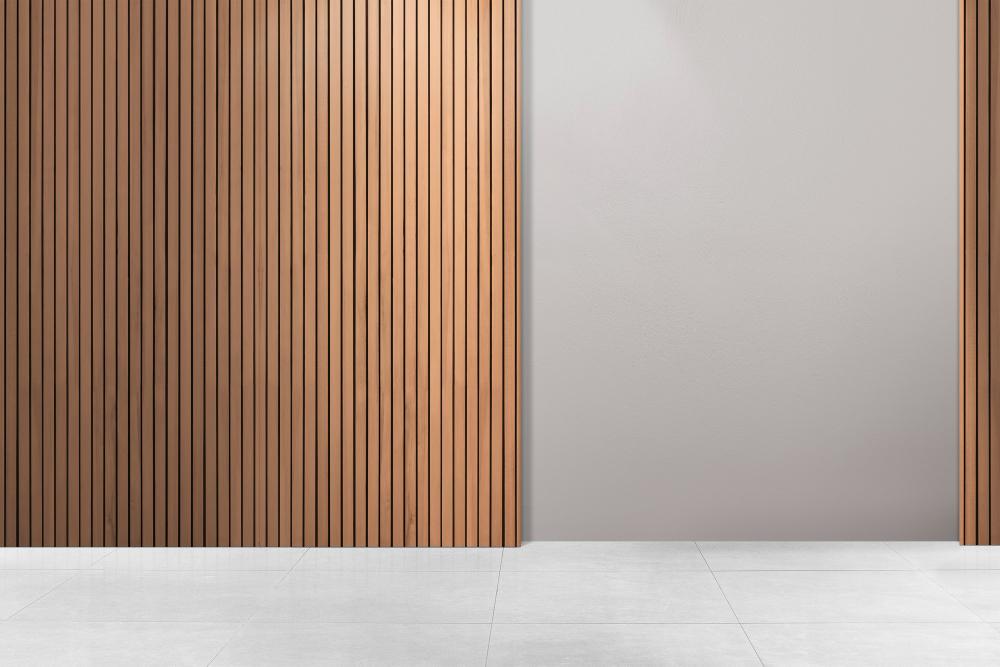The beautiful wall is not just paint. Wall panels add texture, warmth, hide imperfections, and improve sound insulation/maintenance. If you are looking for a fresh interior without months of dust, installing wall panels is a quick and clean way to update your living room, bedroom, hallway, or home office space. In this article, we gather practical tips: when the panels are suitable, how to prepare the wall, what to compare in the offers, and which mistakes to avoid to achieve a long-lasting result.

When wall panels are a good choice
• You want a quick visual effect with minimal "wet" process.
• You have small imperfections/waves on the wall and do not want heavy plasters.
• Need for sound insulation or a warmer feeling (especially with external walls).
• You are looking for stain resistance (hallway, entrance hall, children's room).
• Do you want an accent – wood, 3D, PVC panels, or acoustic panels.
💡 Tip: If the walls are significantly crooked, consider a light preliminary adjustment (local plastering or installing drywall as a base) to ensure the panels fit perfectly.
Wall preparation
Good preparation solves 80% of the "unexpected" problems:
• Check the moisture: dry, without "whistling" and stains. If there is moisture/mold – first address the cause.
• Clean dust/oils. Smooth, stable surface = stronger adhesion.
• Mark the location of the outlets/switches and discuss the cutouts in the panels.
• Agree on the installation method: gluing, hidden clips, wooden grid (for cables/insulation behind the panel).

How to Compare Offers Fairly
Don't just look at the "price per square." Ask for a breakdown:
• Preparation (cleaning, leveling of local areas, primer).
• Materials (panel type – MDF, PVC, wood, acoustic; glue/clips; moldings/baseboards; sealing materials).
• Installation (leveling, cutting, straightening the first row, adapting corners, openings for outlets).
• Finish (profiles, connection to floor/ceiling, finishing around frames).
• Warranty (for labor and materials) + terms for corrections.
Useful for preparation:
• Demolition work: how to avoid paying twice for the same repair
• Roofs and Ceilings: How to Achieve Silence, Warmth, and Good Appearance
Common mistakes and how to avoid them
1) Unprepared substrate. Panels on dust/old flaking paint → weak adhesion, joints that "breathe".
2) Poorly leveled start. If the first row is crooked, the problem multiplies across the entire wall.
3) Ignored details around edges/contacts. Visible curved cuts ruin the final appearance.
4) Inappropriate profiles/moldings. There is a lack of "sealing" at the edges → collects dust/moisture.
5) "All-purpose" glue. Different materials require different chemistry. MDF ≠ PVC ≠ acoustic felt.
⚠️ Important: If the wall borders a noisy corridor/elevator, consider adding sound insulation (mineral wool + structure) before the panels. This often makes the biggest difference in comfort.
Step-by-step installation (in brief)
1. Measurement and planning of the layout (symmetry at corners/sockets).
2. Preparation of the substrate – cleaning, local leveling, primer.
3. Leveling of the first row; dry assembly for checking widths.
4. Cutting and fitting of the elements, shaping of openings.
5. Fastening (glue/clips/grill), joint control.
6. Profiles, moldings, finish; cleaning of adhesives/dust.

What affects the price and the deadline
• Panel material: MDF/wood (a more "warm" type), PVC (moisture-resistant), acoustic panel (sound absorption).
• Complexity: many openings/corners/cassettes; high walls; combining with LED niche.
• Preparation: are local plasters or drywall installation needed for leveling.
• Room: bathroom/kitchen requires specific adhesives and joints (moisture, temperature).
• Access/logistics: floor without elevator, parking, limited time range.
Quick action plan
• Take pictures of the wall from 2–3 angles + detail at outlets/casings.
• Measure width/height and note features (irregularities, moisture, sloped ceiling).
• Choose a design/material (MDF, PVC, acoustic) and share references.
• Send the same specification to 2–3 craftsmen for accurate comparison.
• Изберете оферта с ясно описани етапи, материали и гаранция.

Conclusion:
Installing wall panels is a smart way to add style, warmth, and practicality without a major renovation. With the right preparation, precise installation, and suitable materials, you achieve a durable result that looks expensive—without necessarily being so. And when you compare offers in terms of scope and quality, the price becomes predictable, and the interior lasts longer.